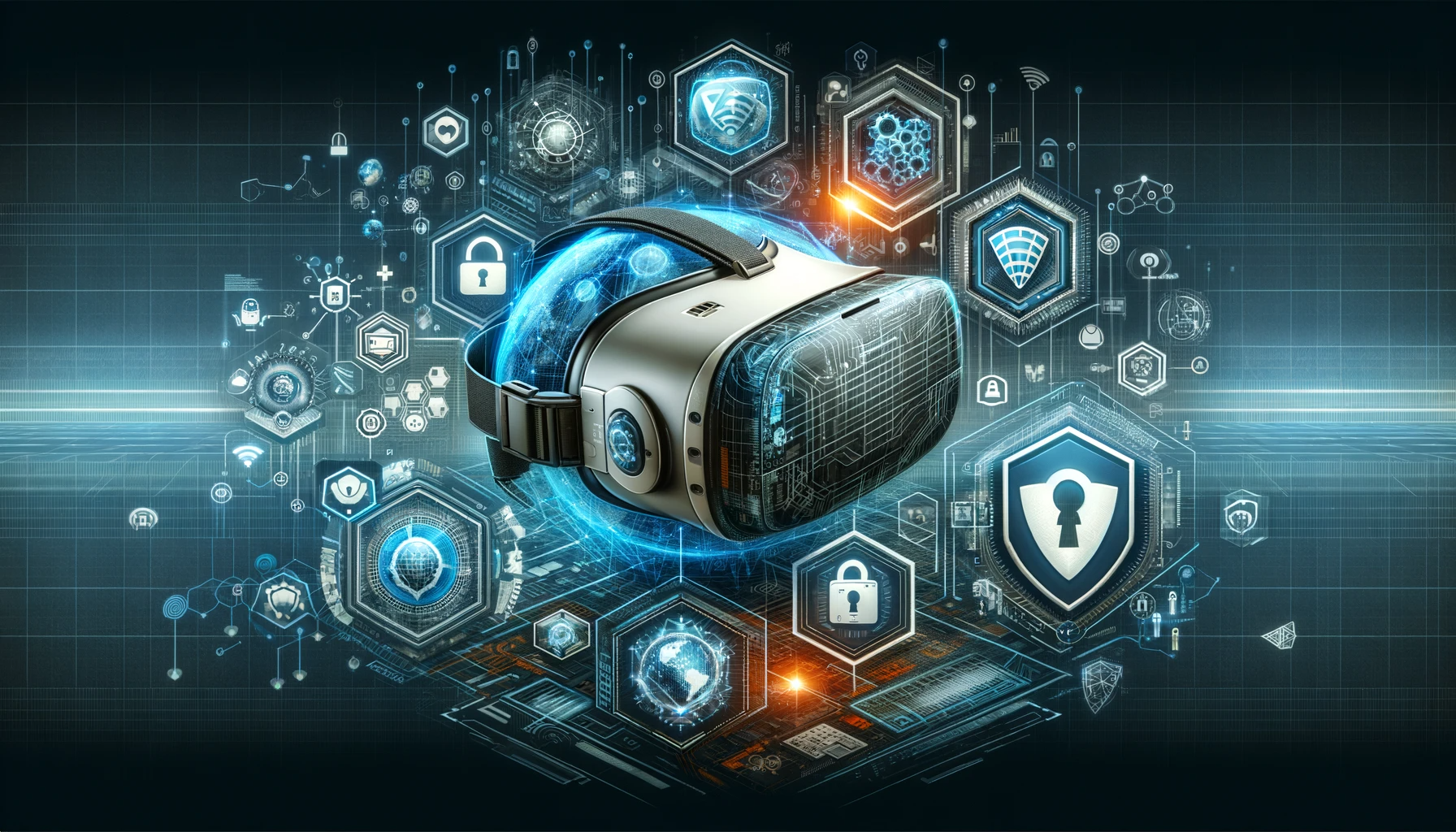
Cybersecurity for Virtual Reality (VR)
Virtual Reality (VR) has revolutionized the way we experience digital content, offering immersive and interactive environments. However, this exciting technology also brings new cybersecurity challenges that need to be addressed to ensure user safety and protect sensitive data.
One of the key aspects of cybersecurity for VR is protecting user privacy. VR devices often collect a vast amount of personal data, including biometric information, location data, and even user behavior patterns. This data can be vulnerable to hackers if proper security measures are not in place.
To enhance cybersecurity in VR, developers and users must focus on several critical areas:
1. Secure Authentication:
Implementing strong authentication mechanisms is crucial to prevent unauthorized access to VR devices and applications. Multi-factor authentication, such as combining passwords with biometric data, can significantly enhance security.
2. Secure Communication:
Securing the communication between VR devices and servers is essential to prevent eavesdropping and man-in-the-middle attacks. Encryption protocols, such as HTTPS, should be employed to ensure data integrity and confidentiality.
3. Application Security:
VR applications should be developed with security in mind. Conducting thorough security assessments and penetration testing can identify vulnerabilities and allow for their timely mitigation. Additionally, regular software updates and patches should be applied to address any discovered security flaws.
4. Data Privacy:
VR platforms should follow strict privacy policies and obtain user consent for data collection. User data should be anonymized whenever possible, and strict access controls should be implemented to prevent unauthorized data sharing.
5. User Awareness:
Educating VR users about potential cybersecurity risks is crucial. Users should be aware of the importance of strong passwords, avoiding suspicious links or downloads, and regularly updating their VR applications and firmware.
By addressing these key areas, cybersecurity in the realm of VR can be significantly enhanced. However, it is important to stay vigilant as cyber threats continue to evolve alongside technology.
Stay Connected with Secure Debug
Need expert advice or support from Secure Debug’s cybersecurity consulting and services? We’re here to help. For inquiries, assistance, or to learn more about our offerings, please visit our Contact Us page. Your security is our priority.
Join our professional network on LinkedIn to stay updated with the latest news, insights, and updates from Secure Debug. Follow us here.







